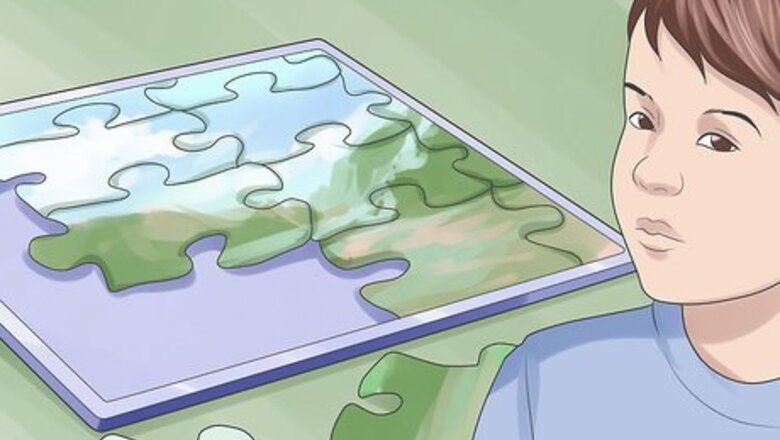
views
Introducing Puzzles
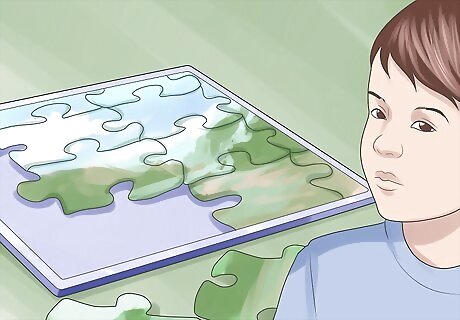
Select puzzles that are appropriate to the age and abilities of your child. For starters, use hardwood puzzles with just a few pieces. Later, you can include puzzles with fewer parts that are made from cardboard. For children aged 2-3 use puzzles with 4-12 pieces, for children aged 3-5 use puzzles with 12-50 pieces, for children aged 5-6 ages use puzzles with 50-100 pieces.
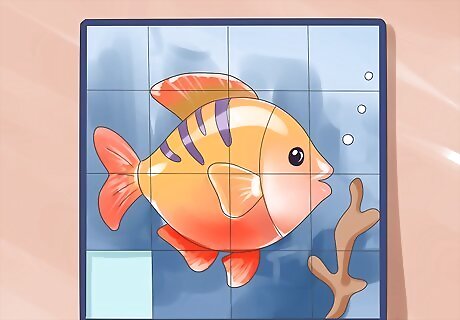
Choose some interesting puzzles. You can keep your child interested in puzzles by letting them do puzzles depicting some of their favorite things. These could be puzzles of animals, cartoon characters or words. They could also be colorful ones, displaying scenes from nature or daily life.
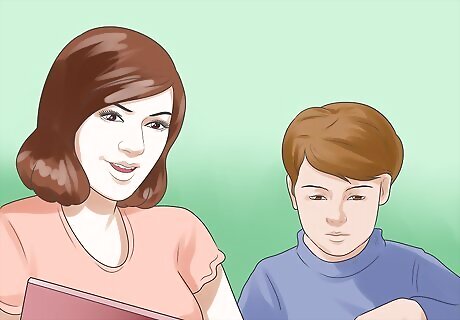
Do the puzzle with them. If your child doesn’t seem interested, try doing the puzzle with them and treat it like a game or bonding session instead of a necessary task for your child's mental development. Children love games and if they see you enjoying the puzzle and spending time with them as you do it, they’ll definitely be more inclined to try it for themselves.
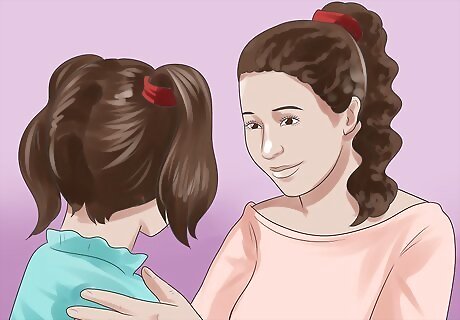
Be patient. Who likes being put under pressure? Nobody, especially kids. That's why you should give your child enough time to get the hang of puzzles and learn to enjoy them. Don’t let them see you lose patience or interest in teaching them how to do it. Always show your happy face and never forget to praise them every time they match some pieces.
Teaching Your Child to Do Puzzles
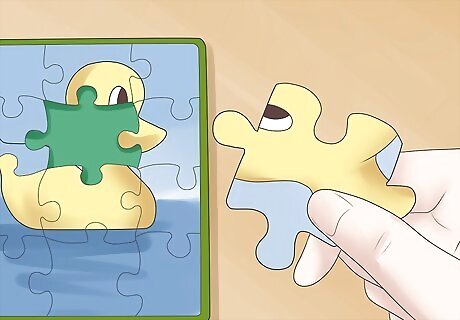
Start your child off with one piece puzzles. One piece puzzles are the most basic kind of puzzles. They simply consist of an object that must fit into a hole or outline. You child can start with these as early as 18 months.
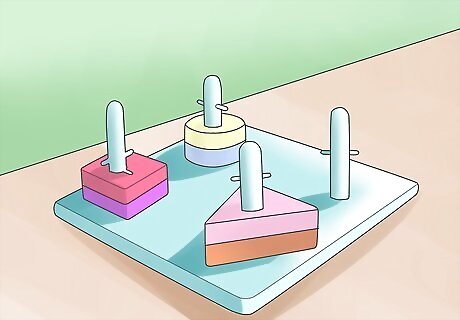
Experiment with shape sorters and wooden peg puzzles. You can introduce your child to shape sorters or wooden peg puzzles once they have the concept of one piece puzzles down. This is important so that they can understand and match shapes as well as grasp the concept of fitting objects together. If this is too much for your child, show them how to do it by sorting a few shapes yourself.
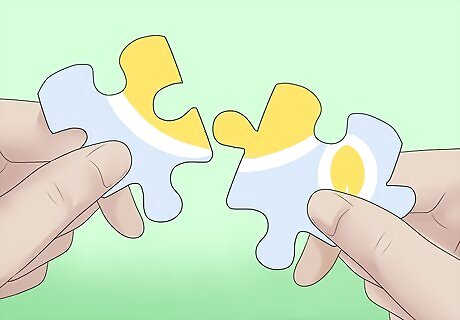
Introduce two piece puzzles. Two piece puzzles are the next step in teaching puzzle making. This will introduce your child to the idea of completing a picture. You can show them how to solve the puzzle by completing the puzzle for them or showing them a completed picture. You can also guide them throughout the entire process of solving the puzzles, to make sure that they are doing it the right way.
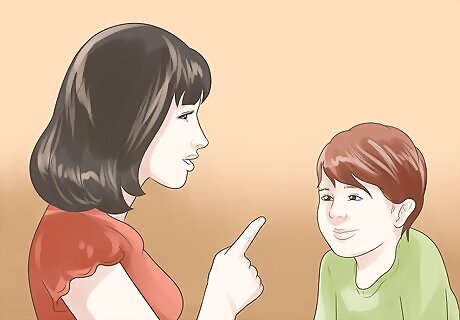
Give your child cues and clues. Give your child verbal cues or point to which piece goes where when introducing a puzzle. You can say things like “this goes over here!” or “try this piece!” This will help them think faster. You can also emphasize the matching of each piece by showing it to them up close. Give them fewer cues once they know how to put the puzzle together and can do it on their own.
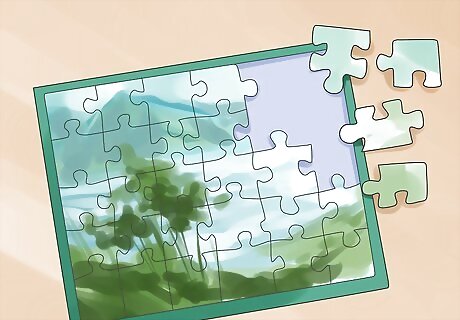
Increase the difficulty of the puzzles. Moving on to four piece, six piece, twelve piece and fifteen piece puzzles will get your child doing more difficult puzzles in no time. Keep the puzzles pieces in the same place until your child knows which piece goes where. Then you can mix up the pieces when they’re confident about doing the puzzle. Taking away one key piece until the very end is an innovative way to keep the puzzle interesting. Swap puzzles with other parents to keep your child’s mind busy. Avoid rushing into difficult puzzles, as this will only result into confusion and discouragement on their part.
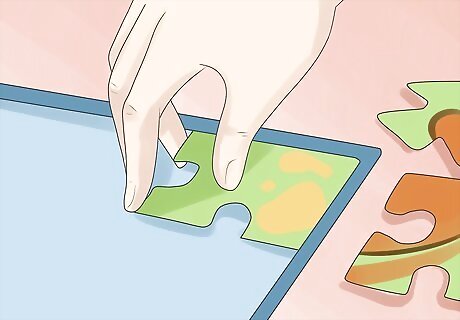
Move on to harder puzzles. Doing harder puzzles is possible once your child understands the basics. Help them by laying out the corners first. If this is too overwhelming for your child then you may help them by loosely arranging the edges of the puzzle, but make sure not to put the puzzles pieces together. Then you may show them how to match difficult pieces to the edges.
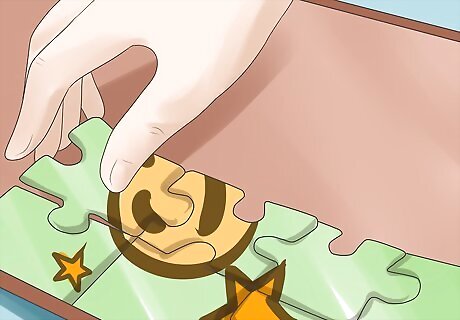
Show your child how to approach a puzzle in sections. Building puzzles in sections helps to make the puzzle simpler to complete. Instead of burying your child in a hundred piece puzzle, they can work on one section of it at a time. For example, if your child is working on a Mickey Mouse puzzle with Minnie and Goofy, they could focus on putting together the pieces for a single character at a time.
Understanding the Benefits of Puzzles
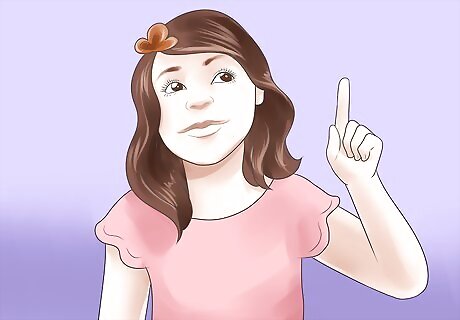
Know that completing puzzles helps with the development of fine motor skills. Fine motor skills refer to the coordination of small muscle movements, such as the movements of hands and fingers. As puzzle pieces need to be caught, pinched, rotated, and fit together, making puzzles helps to develop these skills.
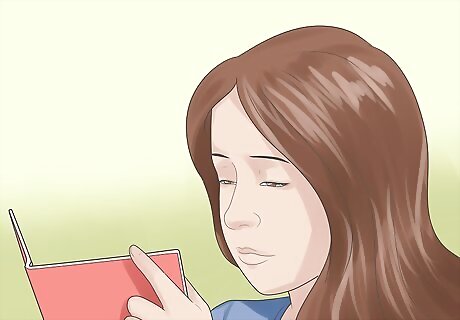
Know that puzzles help to develop hand-eye coordination. When making a puzzle, children learn to pay attention to details and to find and reach for a specific puzzle piece in a crowd of similar parts.
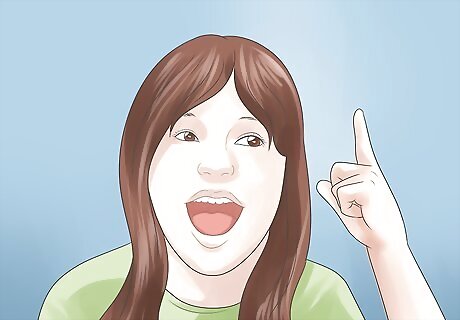
Know that completing puzzles teaches kids how to solve problems. Each puzzle presents one small problem. Therefore, the process of making a puzzle involves learning how to cope with problems, difficulties and frustrations. Beside that, making puzzles also helps to build a child's confidence.
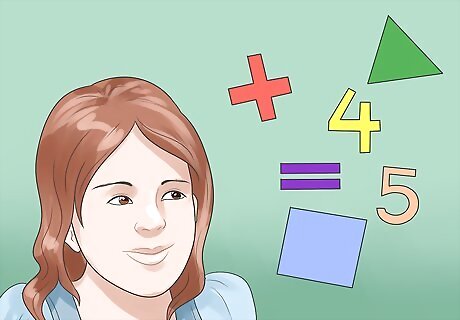
Know that doing puzzles improves a child's cognitive abilities. Puzzles allow children learn to think, connect and remember. Puzzles can also be educational, as certain puzzles may help kids to learn numbers, shapes, letters and colors.
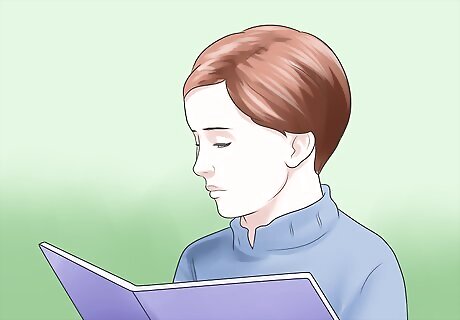
Know that making puzzles benefits a child's first reading skills. When a child sorts the pieces of a puzzle, they tend to do so from left to right. Thus, the child learns to direct their attention from left to right, as they would when learning to read.
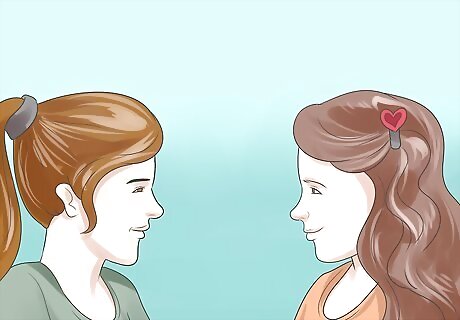
Know that doing puzzles promotes socializing and interacting with other people. Jigsaw puzzle may require your child to work together with you or with other children. While looking for certain pieces, they may have to discuss the different parts of the puzzle and what goes where. This promotes socialization and teamwork.


















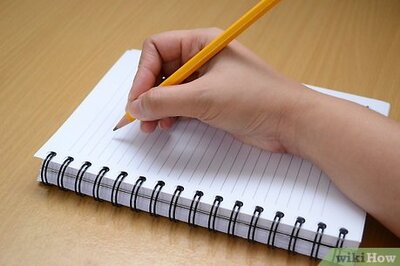
Comments
0 comment